The episode of Made for TV Horror covering The Night Strangler was Written and Narrated by Jessica Dwyer, Edited by Victoria Verduzco, Produced by John Fallon, and Executive Produced by Berge Garabedian.
51 years ago television viewers were introduced to a monster in modern times. But luckily, they were introduced to a hero who was willing to shine the light on that monster and stop him. That hero’s name was Carl Kolchak and the TV movie that gave birth to the legend of the intrepid reporter was The Night Stalker. As we’ve covered here previously on JoBlo Horror, The Night Stalker became one of the biggest TV movies of all time when it was released and with ratings and accolades like that, it wasn’t hard to see that Kolchak’s search for the truth (which we all know is out there) was far from over. And so it was the following year Kolchak would return along with his long-suffering boss Vincenzo and with them a new and terrifying specter that stalked the night. So journey with us into the underground, and we do mean underground, of Seattle as we celebrate the 50th anniversary of The Night Strangler (pick up a copy HERE). But fear not as we won’t be going alone. Once again, we are joined by another famous fan of Kolchak and Company as comic book legend Steve Niles will be there with us.
The Night Strangler, unlike Stalker, was written by Richard Matheson first and then turned into a novelization by author Jeff Rice, who wrote The Kolchak Papers. It would not only bring back Matheson, McGavin, and Oakland but Dan Curtis would once again produce. Curtis would also step into the directors chair for this entry. Frequent Curtis collaborator Bob Cobert would again create the films score. The Night Strangler takes place in Seattle, WA where a rather similar string of murders of beautiful young women are happening at night. While there is a loss of blood, it’s nowhere near what had happened previously in Las Vegas. But all the women are violently murdered, typically with their throats crushed. It’s here, lucky or not depending on your point of view, that Tony Vincenzo finds himself one evening in the local reporter watering hole where it appears his usual is milk (Tony always did have some stress induced indigestion and if he had an ulcer, I’m sure he named it Carl.) While trying to relax, Tony hears a rather irritating and familiar voice trying to regale a fellow customer with a story about a vampire stalking the night (I mean…yeah) of Las Vegas. Vincenzo and Carl Kolchak are reunited once again. Vincenzo, remembering the raw deal Carl got in Las Vegas, gets him a job at the new newspaper that he’s also working at. Vincenzo introduces him to the papers owner, the very old school Llewellyn Crossbinder who warns Kolchak that there will be no sort of hoopla there. Seattle is respectable. Vincenzo watches knowing this is probably not going to end well.
Carl’s first assignment is the murder shown at the beginning of the film, that of a belly dancer who is found in an ally. Carl begins investigating, going to question the other dancers at Omar’s Tent, the club where the murder victim worked. It’s there we are introduced to Charisma Beauty and her…roommate…Wilma Krankheimer. It’s an interesting exchange to say the least. He then goes to Lousie Harper, the last dancer to check with and one who is VERY busy as a student. Louise believes that the murderer is probably long gone, but that’s not actually true as he continues killing. All the victims still showing the same signs of trauma, slight blood loss, and dead flesh left behind.
As was the case previously, Seattle is no better when it comes to the authorities keeping the truth out of the papers and covering up things to ensure that there’s not a panic, AKA loss of tourism. Kolchak uses the tried-and-true method of bribery with the morgue workers to find out details of the crimes. The necks of the victims weren’t just broken but crushed by great strength. Vincenzo can’t believe his luck and Carl’s story doesn’t hold back with the fact that the victims not only had holes in their necks but appeared to be killed by a dead man thanks to the rotting flesh on their throats. It’s like déjà vu all over again.
Kolchak heads to the dancers club and meets with Louise to find out if there are any weirdos or oddballs who come to watch her dance that stand out. Big shock, they are all weirdos and oddballs. While there he sees Charisma and her…roommate/bodyguard/husband Wilma and also discovers there’s an underground city beneath Seattle. Old Seattle which had been partially destroyed by a fire and the city was built over. Kolchak decides to start investigating further into the history of the area, his instincts telling him there’s something more going on. This brings him into the domain of Titus Berry, a man whose life is research and history. Between the two of them they discover a history of murders similar to the ones happening currently starting 21 years prior in 1952, with the details being covered up by the police just as they are with the new ones.
Carl submits another piece on the murders, referencing this discovery and tying the two killers together, much to the chagrin of Tony. This story including the description given from the 1952 murders of the killer having the appearance of a corpse.
Another murder happens, this time with the killer having been seen with his victim. Kolchak gets an interview with the eye witness…. much to the annoyance of the police captain. And the description he gets is “he looked like a dead man.” Tony nearly has a stroke while trying to eat his lunch as Carl pleads his case of the killer being a living corpse.
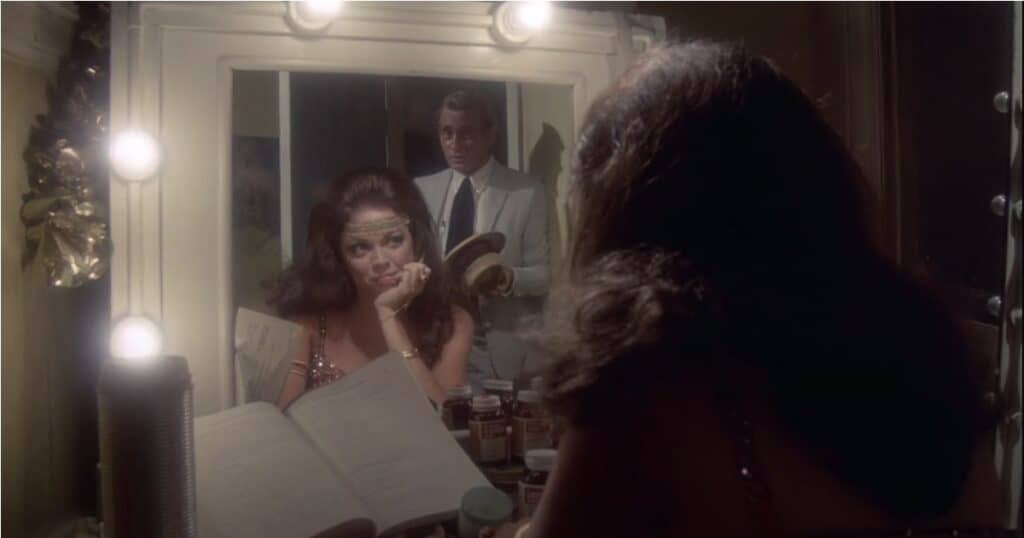
Titus contacts Carl having found some intriguing history again, this time a string of murders, the same MO, in 1931. A reporter named Jimmy Stacks actually covered the story at the time and discovered the covered-up details of the crimes. Once again, some blood loss, an insanely strong murderer. Also, the crimes involved six total women as the victims. Titus and Carl discover, after digging through the archives, that every 21 years the same string of murders have been occurring. The Chronicle’s history only begins in 1887, but Carl’s newest iteration of his story shows that from 1889 these deaths have been happening. The time frame for each spree is 18 days.
Carl gleefully regales Vincenzo with the information, especially the bit about the cheekbones protruding through the murderers face. But it’s hard to argue with the paper’s own history. So in a bit of excellent circumventing of the authorities, Kolchak has the witness give a description to a sketch artist which the Chronicle publishes on the front page. And the hornets’ nest is kicked.
Kolchak and Louise go on a tour of the Underground, with Carl bringing her along for “reasons.” It’s there Carl is attacked by a vagrant who lives in the Underground with various ailments. He asks him to keep an eye out for anyone suspicious. Carl and Louise leave, with Carl once again warning a lady he’s interested in to stop working nights. Louise proves increasingly useful however, introducing Carl to Professor Crabwell, a teacher at the university she’s attending who knows about the history of Alchemy…something that immediately interests Carl. He asks Professor Crabwell if by using the powers of alchemy that a man could remain young or extend his life span. Crabwell says that alchemists didn’t study the art for that purpose but then mentions the very real Viscount St Germain who in legend was thought to have found a secret to eternal life and who had great strength. A magic elixir she explains and then Carl asks what ingredients would be in something like this. He soon is told that among the ingredients is human blood.
Kolchak goes back to Tony with this news, something that makes Vincenzo absolutely thrilled. Carl then goes to the police, telling them his theory with the typical results. Vincenzo loses his mind on Carl, who tries to get Tony to convince their boss to go to the police and get them to hunt down the killer using Carl’s theory. This turns into a shouting match of epic proportions.
Titus brings Carl a clipping from a historical copy of the paper where Mark Twain discussed a conversation, he had with a physician of the time who told the writer that he believed a man could extend his life and that immortality was actually something that could be achieved. The Doctor’s name was Richard Malcolm. Kolchak discovers a sketch of Malcolm from the article, showing he was a Union Army physician, and then heads to the clinic which sets on the location of the doctors hospital. Kolchak finds the portrait of the clinics founder, Doctor Malcolm Richards, which he quickly scribbles over, adding a beard and mustache as well as a Union hat. And it’s the same man. Unfortunately for Kolchak the police are called thanks to his very public graffiti session, and he is arrested.
Kolchak in irons, pleads his case to his bosses and the police. Titus brings yet another piece of evidence, the fact that Doctor Richard Malcolm left New York for Seattle, right after another spate of murders happened, 21 years prior to their beginnings in Seattle. He also discovers that Malcolm’s family died during the fire that ravaged Seattle due to smoke inhalation.
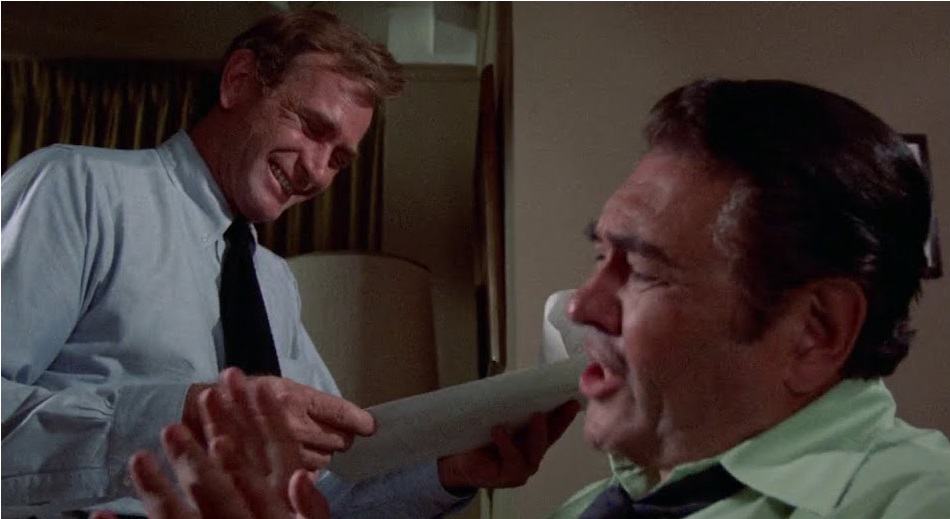
Kolchak’s ego is in full swing here and he’s blind to the sheer hate of him that’s been unleashed, but he knows he’s right and he calls out the hypocrisy of those in the room…just as he did in Las Vegas. He’s told to leave the room while the so-called adults discuss things. Tony manages to keep Carl out of jail but there’s no more story and Kolchak is assigned to a daffodil festival in Pyuallup. Of course he’s not going to listen and he and Louise head out into the night as Richard Malcolm needs another kill. Kolchak gets arrested. And sure enough, bursting through a window, the doctor gets his 6th victim. Carl is bailed out by Tony while the police are in a frenzy over the murder, which is further proof Kolchak is right.
Kolchak and Louise head down to the underground, using an entrance through the cellar of the clinic. Kolchak is determined to find the killer and his lair. Louise stays top side and Carl journeys into the underground, discovering the murdered body of the tramp he’d paid for information before. He also finds Malcolm’s home, with the mummified skeletons of his family surrounded a dining table as well as coming face to face with Malcolm himself. Kolchak’s ego has put him in harms way as Malcolm tosses him around and also tells him that he will not be leaving or be seen by anyone else again. But Kolchak knows how to play others egos as well, and tells Malcolm that he wants to tell his readers about him.
Malcolm, who is obviously insane and talks to his dead family as if they are talking to him, decides why not, there’s time. So he decides, like every other villain that decided they knew more than everyone else, to gloat. He takes Carl on a tour of his domain, the fog shrouded remains of a city trapped in time. He gives him the entire story of how he made the elixir that gave him his long life and the tragedy of his families death. The same year he lost them he realized he would have to kill in order to keep himself alive.
Malcolm takes Kolchak to his lab, where he is creating the final dose for this 21-year cycle. The doctor believes he will eventually find the right mixture to permanently keep himself immortal without the murders and loss of life. Kolchak is not as convinced and ask how many more women will have to die. Malcolm’s answer is “what are a few lives compared to immortality?” Kolchak looks disgusted and terrified in equal measure.
The doctor is ready to take his required 6th dose of the elixir when Kolchak destroys the equipment creating it and Malcolm looks on in shock and then in absolute ferocity. He stalks towards Kolchak who fights back as the two struggle around the lab. But just as Kolchak is about to breathe his last breath, Malcolm begins a horrifying metamorphosis, aging rapidly and being witnessed by the police (summoned by Louise) before asking Carl “Why?” then jumping to his final death.
Kolchak returns to the newspaper, perky and whistling having solved the case and having a hum dinger of a story. But he’s soon charging into Vincenzo’s office after seeing his desk packed up and demanding to know why his story isn’t the one being shown along with the name of the killer.
Vincenzo tells Carl that 20 copies of his front page were printed before the boss pulled it. Vincenzo actually backed Carl, but he tells him he was stupid for believing it would be any different than Vegas. Carl knows he’s out of a job again and Vincenzo is actually not happy about this. The two still wind up arguing and yelling at each other as is the norm. Actually with a bit more zeal than their normal.
The film ends with Carl driving out of Seattle with fellow unemployed Vincenzo in the passenger seat. The duo is driving to New York and then from the back seat is a disgruntled Louise, also persona non grata in Seattle and completing a trio of refugees heading to the East Coast.
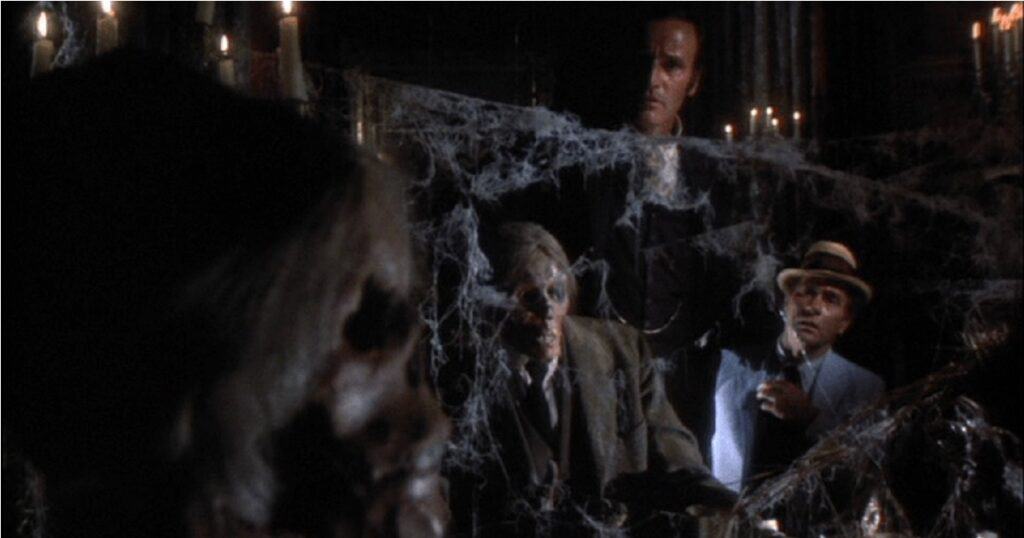
The Night Strangler aired in January of 1973 on ABC. As you can see it hit pretty much a consistent beat for beat of The Night Stalker, though Richard Malcolm was far more talkative a villain than Janos Skorzeny. This second appearance of Carl Kolchak isn’t as beloved as the first, but I still love it and it benefits from a number of things. Firstly it’s got a packed number of iconic actors within the film. John Carradine, a horror legend, plays Crossbinder, the boss of Carl and Tony’s newspaper, The Chronicle. Margaret Hamilton, the wicked witch herself, is Professor Crabwell, the university teacher who gives Carl the recipe for the immortality potion. Al Lewis, Grandpa Munster (another vampire along with Carradine who played Dracula a few times) plays the ill-fated tramp that Louise and Carl run into in the Underground. Then there’s Richard Anderson who isn’t on screen for very much of the movie, but is fantastic here as a bad guy. While many kids my age will always think of him as Oscar Goldman, here he shows a great dark side. It’s also interesting to note that he and Darren McGavin both played the bosses of The Six Million Dollar Man, with McGavin being the first one.
The Night Strangler is interesting to me because Curtis and Matheson created a new villain in Malcolm by, at least to me, combining three other gothic lit classics. Those three are Dorian Gray, Doctor Jekyll/Mr. Hyde, and The Phantom of the Opera. And of course Jack the Ripper (who would be the focus of the first episode of the Night Stalker series the following year.) Dan Curtis loved bringing classic gothic literature to life in modern settings and he’d go back to the plots and storylines of those classic novels like Dracula, Frankenstein, and Dorian Gray often in Dark Shadows. Where Barnabas Collins and Janos Skorzeny would bring the vampires like Dracula into focus, Richard Malcolm would follow the Quentin Collins path. Malcolm and Quentin both were cursed with immortality. There’s also the use of a haunting tune playing in their respective lairs and a portrait of the character hanging in the cob webbed, hidden lair. Both Quentin and Malcolm also have skeletons hidden away along with their secrets. Curtis and Matheson use these tropes and create a new take on these stories with their villain in The Night Strangler.
There’s also the creepy Seattle underground. Here, it’s interesting to think of the fact that the entire underground that Malcolm sees as his home is really, in everyway, a giant tomb. His dead family is there, it’s buried under the streets, and Malcolm is actually dead and just doesn’t realize it yet if you want to get technical. I hate to break it to you but the Seattle Underground, while very much real, isn’t at all like the massive and cool locations you see in the film. The Night Strangler was filmed for the most part in California. It was shot in a super-fast 12 days too. But it actually did pay tribute to Seattle filming a few shots actually in the city, including the Blue Banjo nightclub where the tour begins in the film. I have to tell you that a few years ago I did the Underground tour and geeked about finally seeing the actual place but yeah… I was disappointed that it didn’t look anything like what The Night Strangler promised me.
There was a planned 3rd Kolchak film that was supposed to follow this called The Night Killers which involved aliens and would have moved the duo of Tony and Carl to Hawaii. But the series happened instead and would actually involve aliens in episode 3 of the tv series entitled They Have Been, They Are, They Will Be.
The Night Strangler, like The Night Stalker and future episodes of the series all had that tiny bit of sleazy to them. I can’t help but love that aspect when it comes to Carl and his exploits. The hilarious interactions between Wilma and Carl and the way she just intimidates and glares at him is fantastic. The very obvious relationship between her and Charisma Beauty and Carl’s obvious amusement and bemusement is great. I also really love the chemistry between McGavin and Jo Ann Pflug as Louise Harper. I would have loved to have seen her show up in the series at some point, trying to complete her degree and having to pay the rent by being Vincenzo’s secretary to keep her involved. She really was a great foil for Kolchak and kept up with him well.
The Night Strangler showed Carl a bit at the end of his rope and even more erratic than we’d ever see him before or after it. Vegas really broke him and here he’s trying to regain that glory he used to have before getting kicked in the teeth. And that ego is the Jekyll and Hyde of Kolchak here and also a nice mirror for the ego of Malcolm his villain. I think his confrontation with the big bad wakes him up to that, but it still is a bit heartbreaking to see him once again have the truth he’s shined a light on be buried as deep as Malcolm’s lair.
While many fans of Carl Kolchak’s adventures see The Night Strangler as the lesser of the two films I still really love it and I really love Carl Kolchak. And I’m not the only one. Like I said, we’re delving into the dark streets of Underground Seattle with a man who knows a thing or two about the darkness. Steve Niles is a legend in the world of comics. He’s penned some of the greatest modern horror comics of the last few decades with 30 Days of Night, Criminal Macabre, and even adapted The Night Strangler’s writer, Richard Matheson’s classic I Am Legend into an awesome graphic novel. What I’m saying is he’s a good candidate to talk to about a film like The Night Strangler and Carl Kolchak who inspired a healthy bit of his work.
The previous episode of Made for TV Horror can be seen below, along with a sample of one of the other shows we have on the JoBlo Horror Originals YouTube channel. To see more, click over to the channel – and subscribe while you’re there!



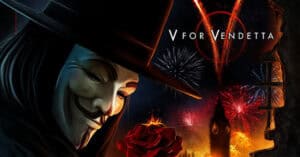
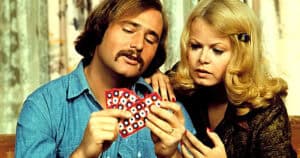
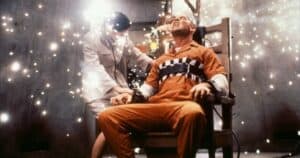
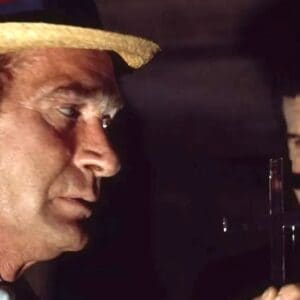
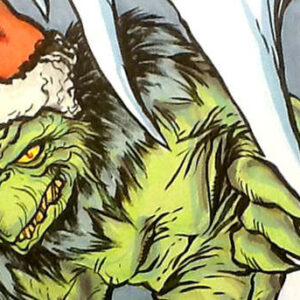

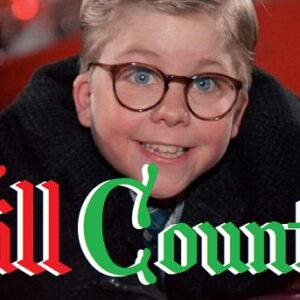

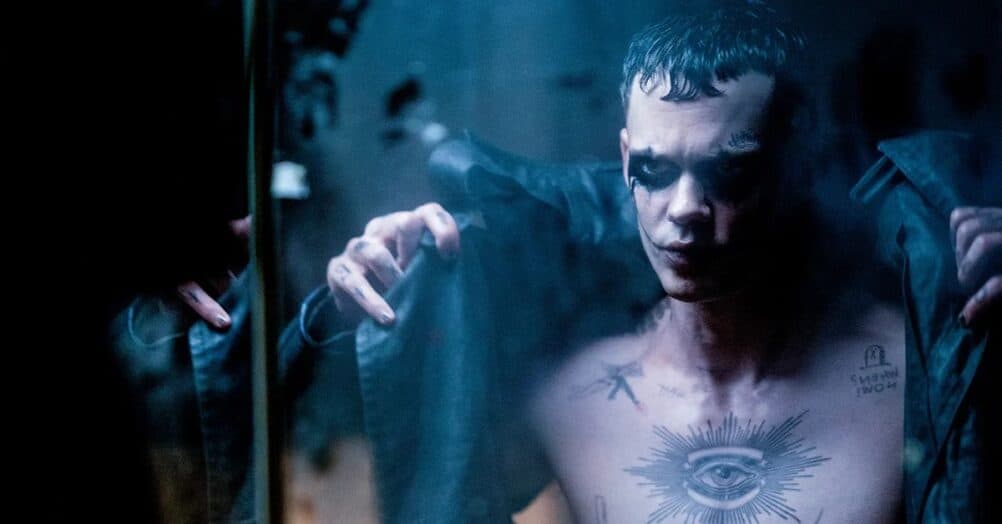
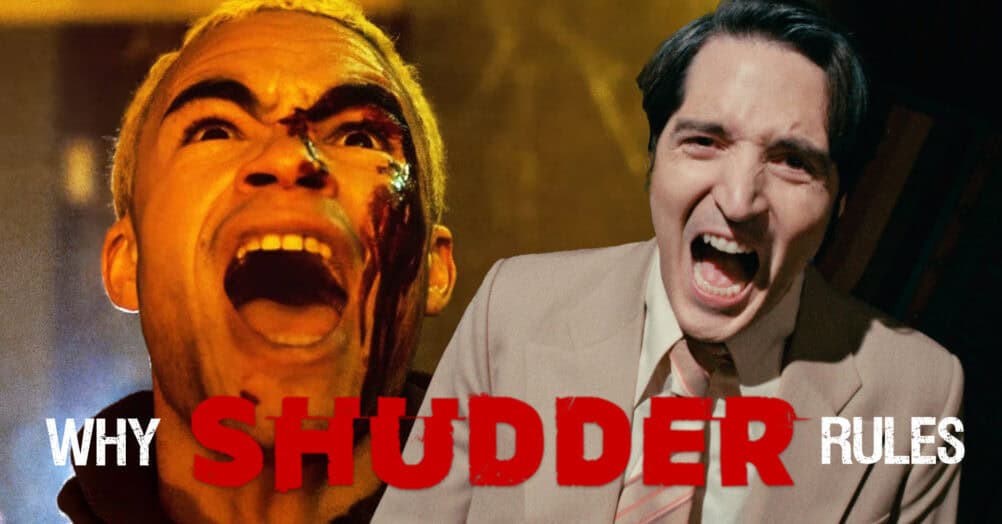

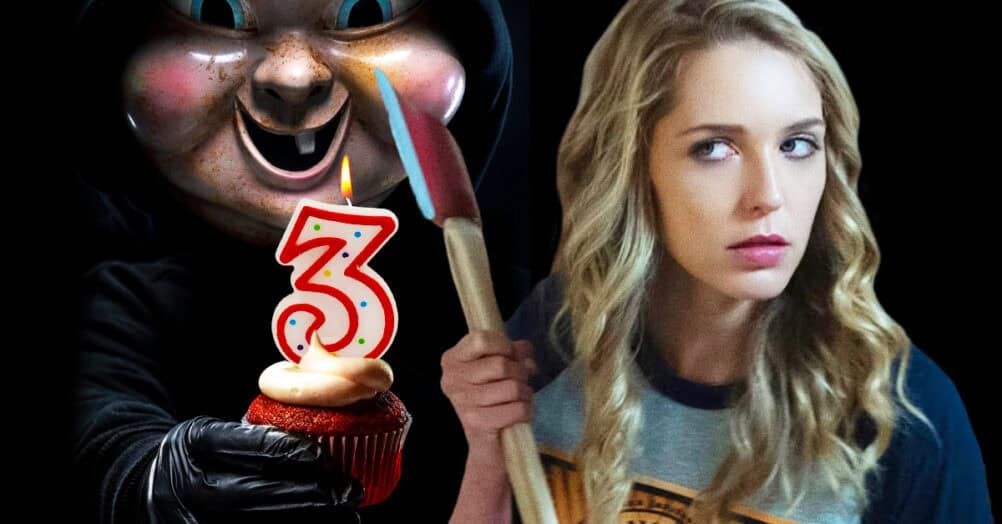
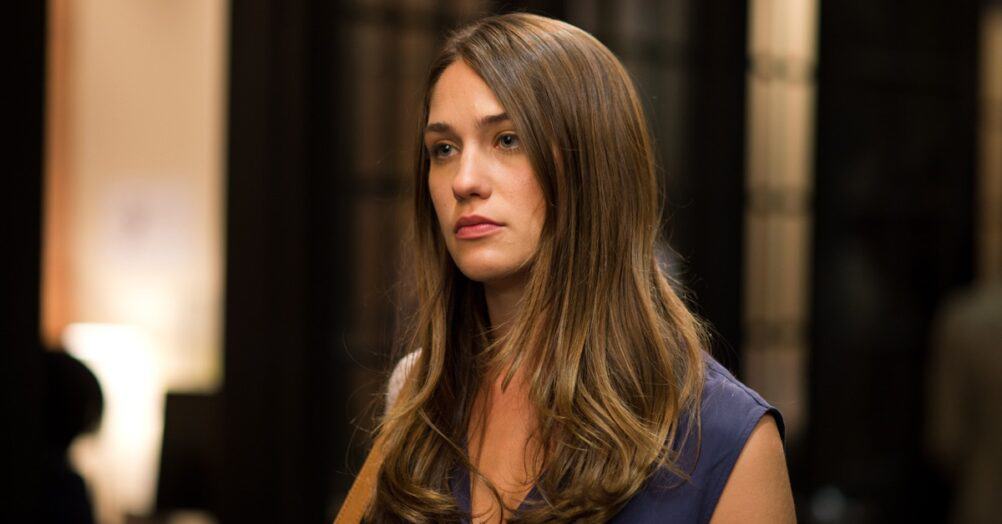
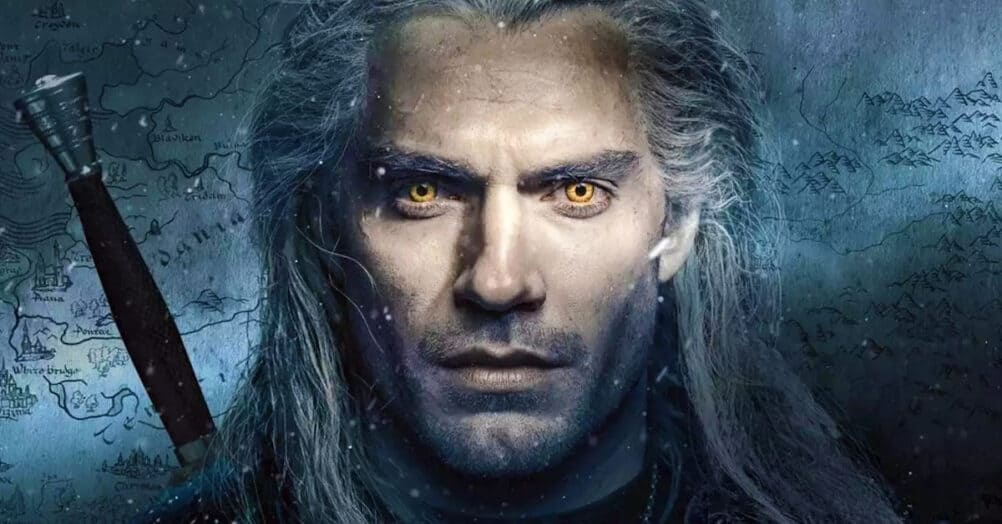
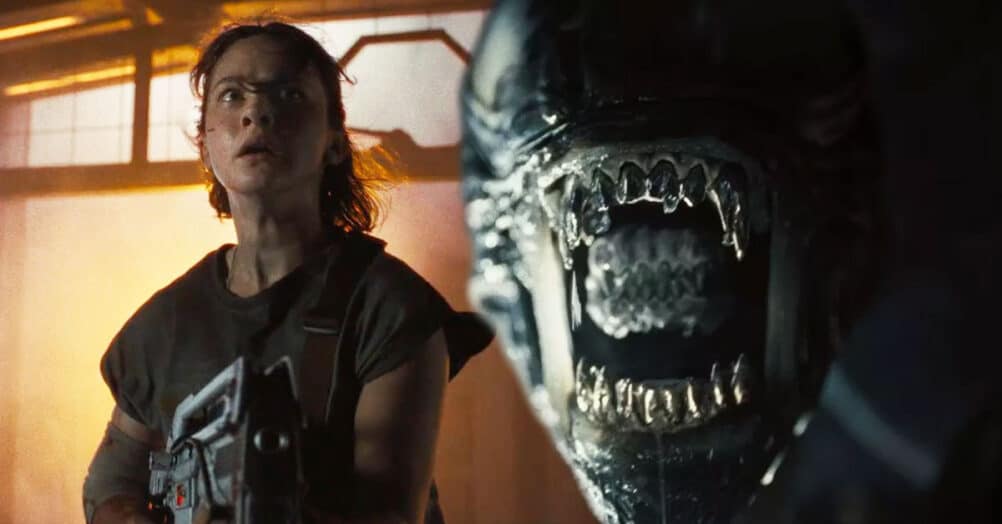

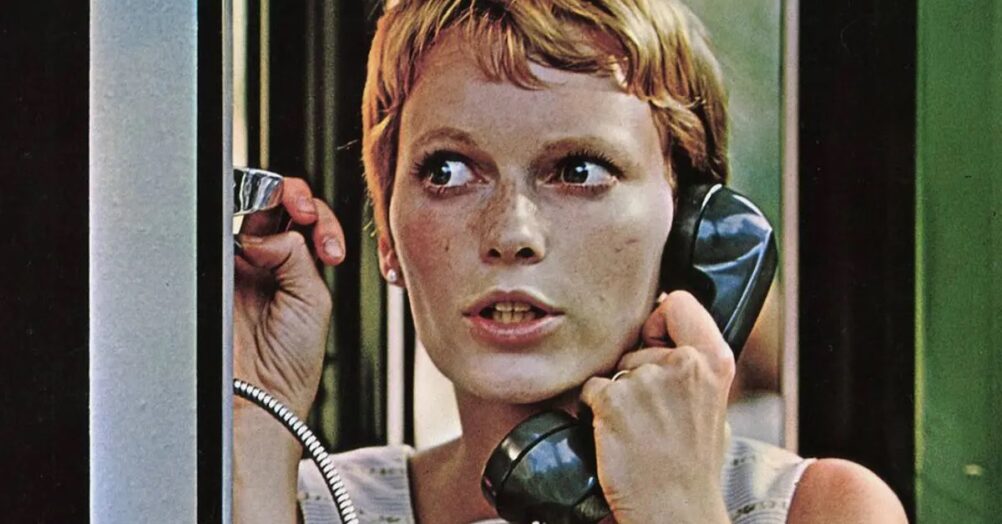
Follow the JOBLO MOVIE NETWORK
Follow us on YOUTUBE
Follow ARROW IN THE HEAD
Follow AITH on YOUTUBE